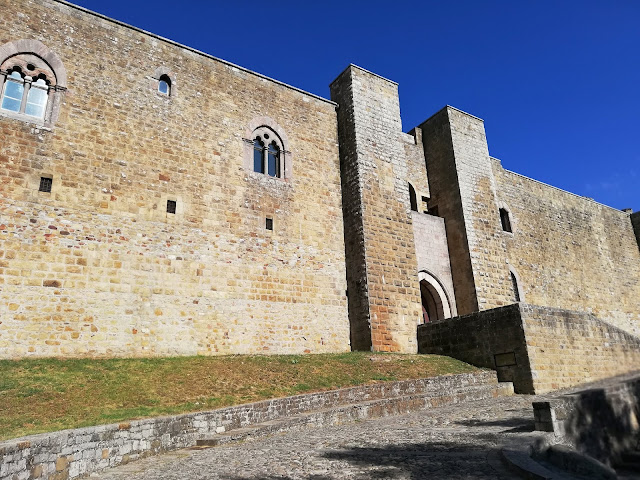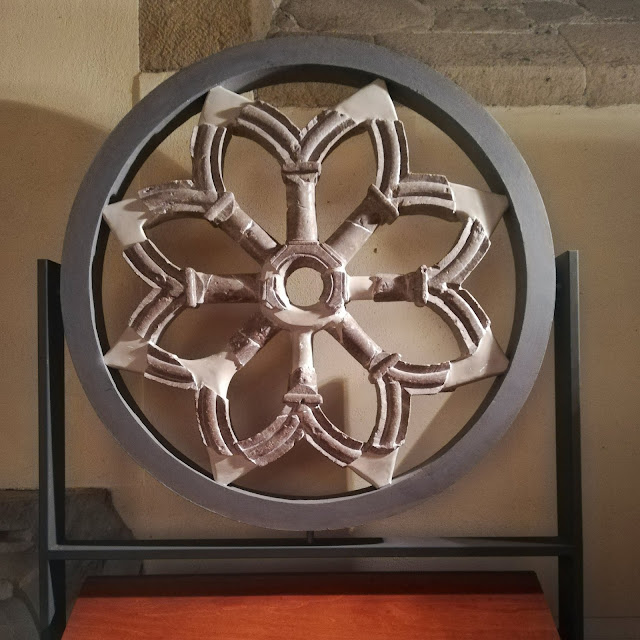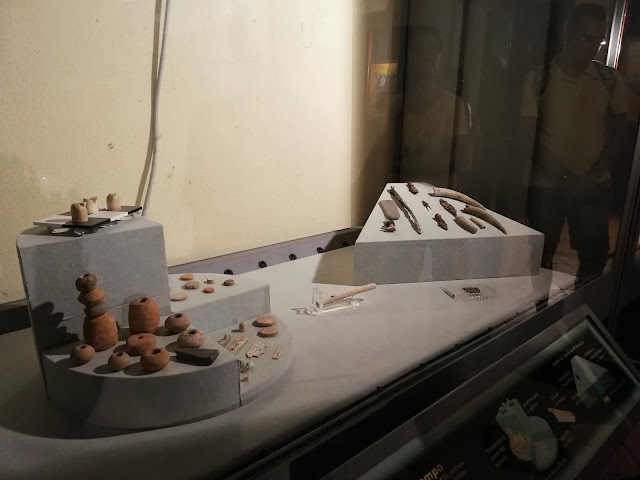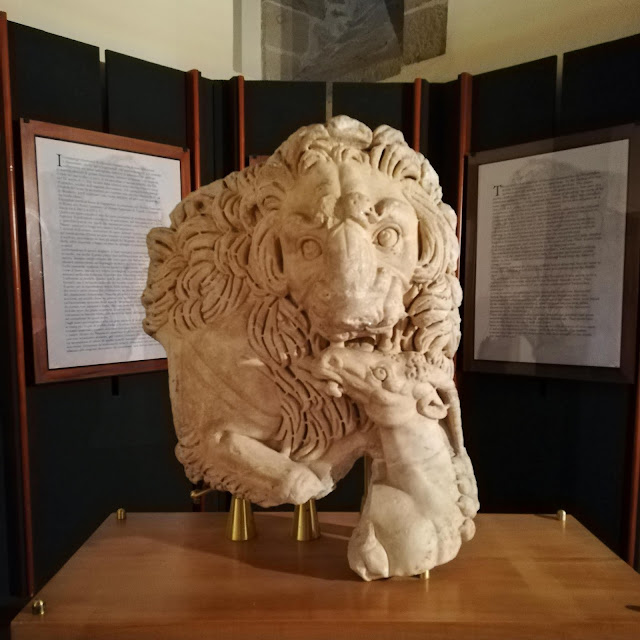A visit at the castle of Lagopesole, one of Frederick II's castle, which is also one of the best preserved.
A road sign:
“LAGOPESOLE”
“We’re near
Lagopesole. If there’s time, do you want to go there?
“What’s in
Lagopesole?”
“Frederick
II’s castle. It’s one of the last he made built and also one of the best
preserved.”
“Erm…let’s
see…”
The arrival in Lagopesole
We slowly
proceed on the climb that brings to the castle. Beneath us the bleak and
fascinating landscapes of Basilicata. Lagopesole is so small that there’s no
need of road sings to find the way to the castle. We park and proceed on foot.
You must really want to visit the castle: the climb is so steep that we bend
forward to avoid to lose balance. Here we are at the portal: from outside, it
doesn’t seem a castle of Frederick’s, it’s different from the others. Sure, the
Anjous made everything possible to show to the world that his reign was theirs
now. Just some elements talk about the Stupor Mundi.
The visit at the castle of Lagopesole
Ticket
office: visit 2 euros; guided visit 3 euros. A guided visit is going to start.
A middle-aged woman, the guide, who looks like she can’t wait for the end of
the working day, tells us to move fast,
because she’s starting. She seems to imply that she’s not going to wait for us.
We give 3 euros each and reach quickly the group.
We’re in the
court, perhaps the only place of the castle where you can see Frederick’s sign.
The guide talks without much enthusiasm about the elements of the court. The
Donjon, the tower that should have been the shelter of the Emperor in case of
attack, one of the few buildings here for this aim, as it had to be a summer
residence. It’s strangely off axis compared to the rest of the building, maybe
because the position was better for the study of stars or maybe it was in axis
with the previous building (couldn’t a castle of Frederick hide any mystery?).
The chapel with its rose window, which is the most beautiful and interesting
part: it’s a clear reference to Castel del Monte with its eight petals, under
construction in the same period of the castle of Lagopesole. We will find it in
the museum, always in the castle. The
tank in the centre of the court is the most important work both for the
castle and the people that could take water from here.
We proceed
quickly toward the chapel, the only religious place in a place of Frederick II,
but we stay there for a little, just to admire the frescos of the apse, then we
take a steep staircase and reach the women’s gallery and walk along a narrow
and dark corridor, another element with defensive aim. We walk in a single
line, in the dark. Sometimes a window lets the light in. The guide told us the
it was to create a play of light and shadow that would have deceived the
invaders, giving them the illusion of the presence of doors: a simple, but
efficient ruse. The corridor ends in a room, the emperor’s one, that now has
not much of old.
The visit at the Museum Pole
We come back
to visit the Museum Pole. Here there’s an insight of the court life of
Frederick II: the plates, the accessories, the tools found in the landfill of
the castle (there was the beautiful rose window of the chapel, too) are now
back to light and tell about a distant time. For the first time I see the
objects that Frederick II might have used (or most likely his son Manfred, who
frequented the castle much more than his father) and I get lost among the
showcases, fascinated.
I can’t find
the guide: she’s gone. The visit is over.
For the first
time I’m puzzled going out from a castle of Frederick II’s, as if I’ve not
discovered everything that this place could tell, as there was something missing to the narration, as if I've seen just the essential. I come back to the car
somewhat satisfied.





Commenti
Posta un commento
Feel free to leave a comment!
I would be glad to know your opinion! ;)
Thank you! :)